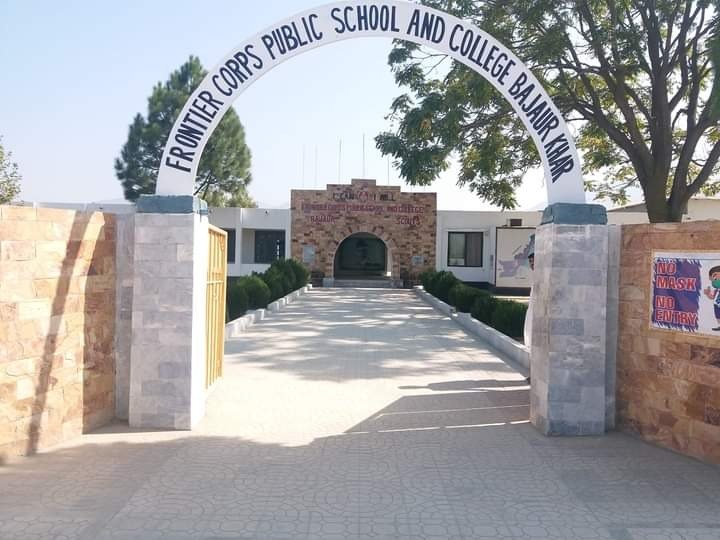BY-ENGR SABOO MEMON (Ph.D)
Pakistan’s economy faces serious challenges that demand innovative and strategic interventions for sustainable growth. This article introduces an “Octagonal Solution”—an eight-pillar economic revitalization plan focusing on: (1) NADRA Monetization, (2) Domestic Production Inventory, (3) Talent Export, (4) Raw Materials Exports to High-Demand Markets, (5) Market Reach Expansion, (6) Pakistan Sovereign Fund, (7) Tax Incentives for Workforce Development, and (8) Mandatory Utilization of Locally Manufactured Goods. Effective implementation of this plan can boost economic prosperity, reduce external debt reliance, and can unlock Pakistan’s full economic potential. Due to space constraints, only two models are discussed here—NADRA Monetization and Talent Export—to illustrate the potential impact of this strategy.
Model 1: NADRA Monetization
The National Database and Registration Authority (NADRA) possesses an untapped revenue potential through digital identity services and data monetization. By strategically leveraging its capabilities, Pakistan can generate significant revenue through the following streams:
Potential Revenue Streams:
- Identity Verification Services:
- NADRA currently provides CNIC verification services to banks, telecom firms, and financial institutions.
- Expanding these services and charging PKR 10–50 per verification, assuming 500 million annual verifications, can yield PKR 5–25 billion ($18–90 million) per year.
- Biometric & Digital Identity Services:
- Providing secure digital verification services for fintech, foreign employers, and businesses.
- If 10 million expatriates subscribe at $10 per year, revenue could reach $100 million annually.
- Data Analytics & Market Insights:
- Selling anonymized demographic data for market research, insurance, and financial services.
- Estimated revenue: PKR 5–10 billion ($18–36 million) per year.
- International Passport & Immigration Services:
- Offering biometric solutions for international travel, visas, and security collaborations.
- Potential revenue: $50–100 million annually.
- Smart Citizen ID & E-Governance Services:
- Charging a nominal fee for premium digital ID services for individuals and businesses.
- If 5 million users pay PKR 1,000 annually, revenue could reach PKR 5 billion ($18 million).
- Cybersecurity & Digital Wallet Services:
- Introducing secure e-wallets linked to NADRA IDs for transactions.
- Potential revenue: $50–100 million per year.
Total Revenue Potential:
With full implementation, NADRA monetization could generate an estimated $300–500 million (PKR 80–140 billion) annually, significantly boosting national income.
Model 2: Talent Export Pakistan (TEP)

Pakistan has a massive workforce potential, with 56 million youth (ages 15–29). By systematically training and exporting skilled talent, the country can increase foreign remittances, attract global investment, and enhance its knowledge economy.
Key Talent Export Strategies:
- Skilled Workforce Development:
- Aligning vocational training with global demand in AI, cybersecurity, healthcare, construction, IT, and renewable energy.
- Targeting labor shortages in GCC, Europe, Japan, South Korea, and Canada.
- Training 1 million workers annually, contributing to remittances of $20 billion per year.
- IT & Digital Freelancing:
- Pakistan ranks third in global freelancing with over 3 million active freelancers.
- Scaling up IT certifications (Python, Blockchain, AI, Cloud Computing).
- Establishing national freelancing platforms to retain revenue.
- Potential earnings: If 5 million freelancers earn $5,000 annually, revenue could reach $25 billion per year.
- Healthcare Professionals Export:
- Training and certifying 50,000 healthcare workers annually for global placements.
- Expected remittances: $1.5 billion per year at $30,000 per worker.
- Construction & Engineering Workforce Export:
- Deploying 500,000 construction workers to Gulf mega projects.
- Expected remittances: $7.5 billion per year at $15,000 per worker.
- Software Engineers & AI Specialists:
- Addressing talent shortages in the U.S., EU, and Canada.
- Launching a “Pakistan Tech Talent Visa” for global employment.
- Expected remittances: $5 billion annually with 100,000 professionals earning $50,000 each.
Projected Annual Earnings from Talent Export:
| Sector | Workers Exported | Avg. Annual Earnings | Total Earnings |
| Skilled Workforce | 1 million | $20,000 | $20 billion |
| Freelancing & Digital Economy | 5 million | $5,000 | $25 billion |
| Healthcare Professionals | 50,000 | $30,000 | $1.5 billion |
| Construction & Engineering | 500,000 | $15,000 | $7.5 billion |
| Software & AI Specialists | 100,000 | $50,000 | $5 billion |
| Total | ~7 million | Varies | $60+ billion |
Implementation Strategy:
- Government-Led Initiatives:
- National Talent Export Policy:
- Partnering with Germany, Japan, UAE, Canada, and Australia for workforce placements.
- Establishing a “Pakistan International Skill Development Authority (PISDA)” for certifications and training.
- Tax Incentives for IT & Freelancing:
- Zero-tax policies for IT professionals and freelancers to boost participation.
- Soft Loans & Grants for Skill Development:
- Subsidizing training programs in IT, healthcare, and skilled labor.
- Private Sector & Public-Private Partnerships:
- Collaboration with Global Companies:
- Engaging Google, Microsoft, Tesla, and Apple in training academies.
- Creating Digital Nomad Visas:
- Facilitating remote work opportunities for Pakistani professionals.
Conclusion
By implementing NADRA monetization and strategically exporting skilled talent, Pakistan can generate over $60 billion annually. These initiatives will significantly boost GDP, strengthen foreign reserves, and ensure economic stability. The government and private sector must aggressively pursue skill development, establish global partnerships, and modernize policies to unlock Pakistan’s full economic potential. With decisive action, these economic solutions can transform Pakistan into a prosperous and self-reliant nation.





